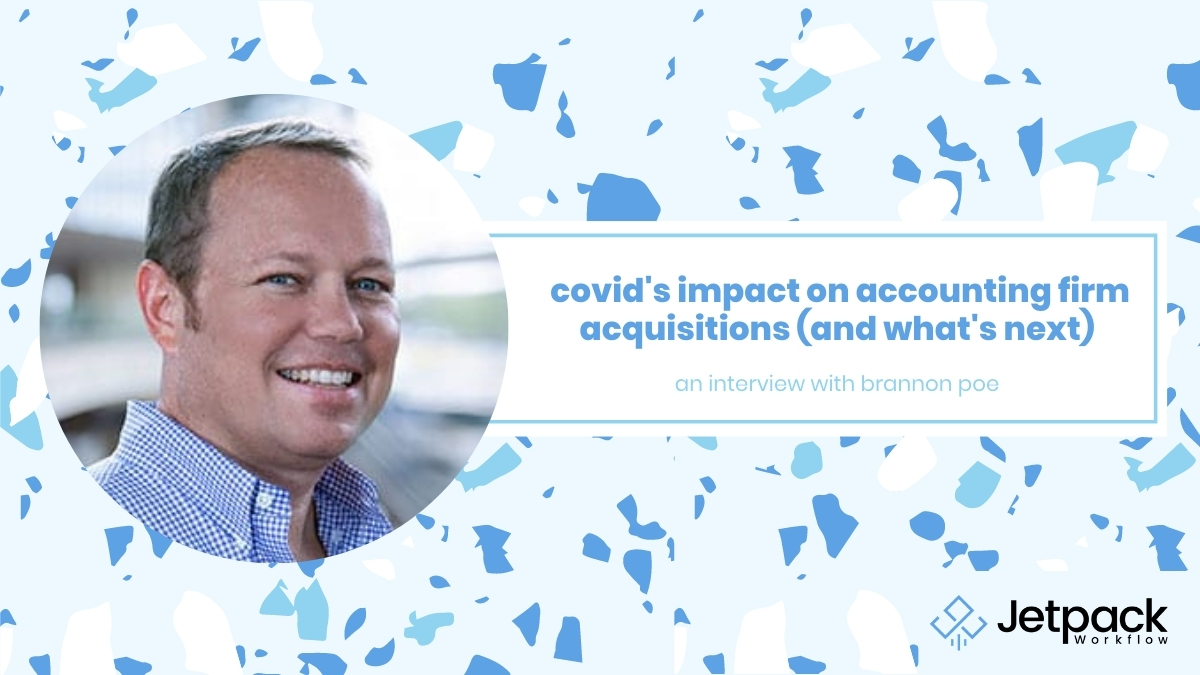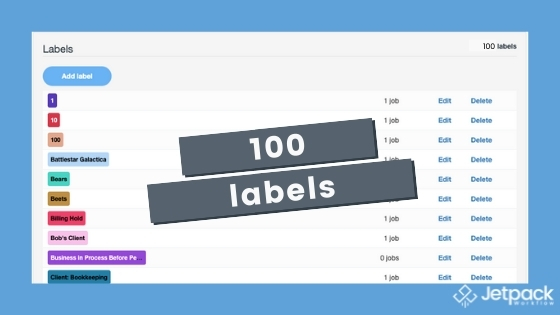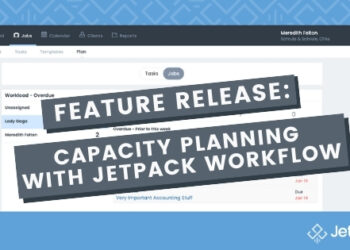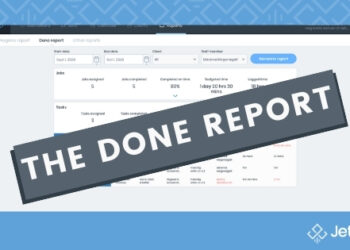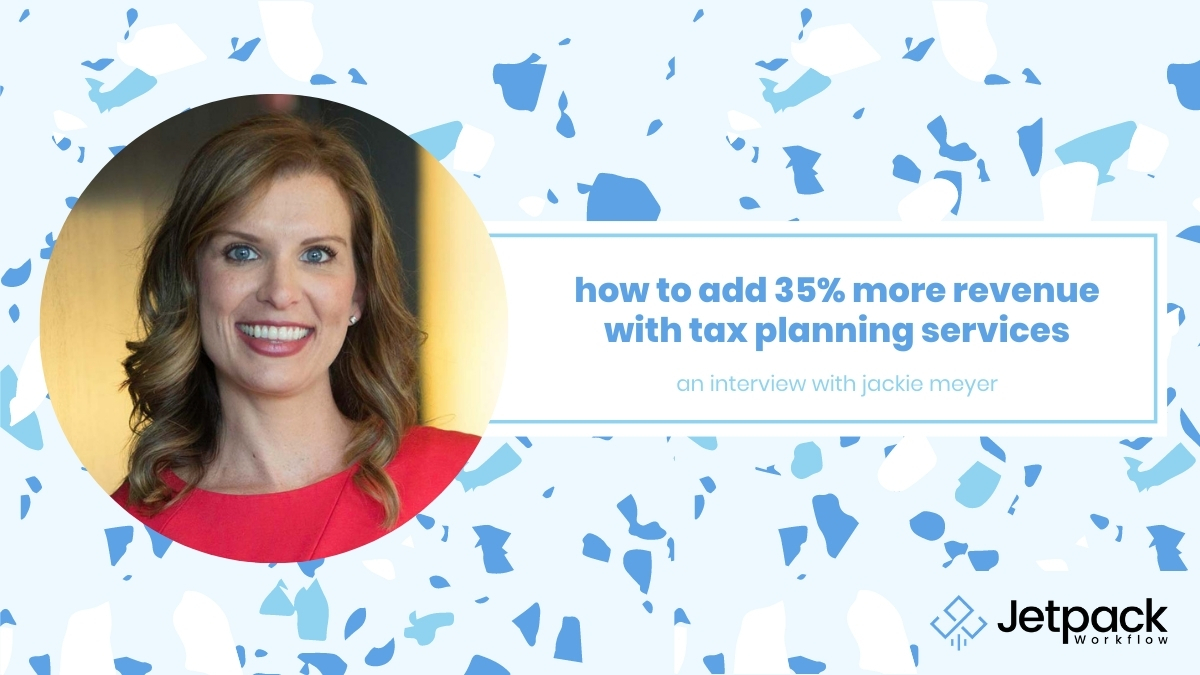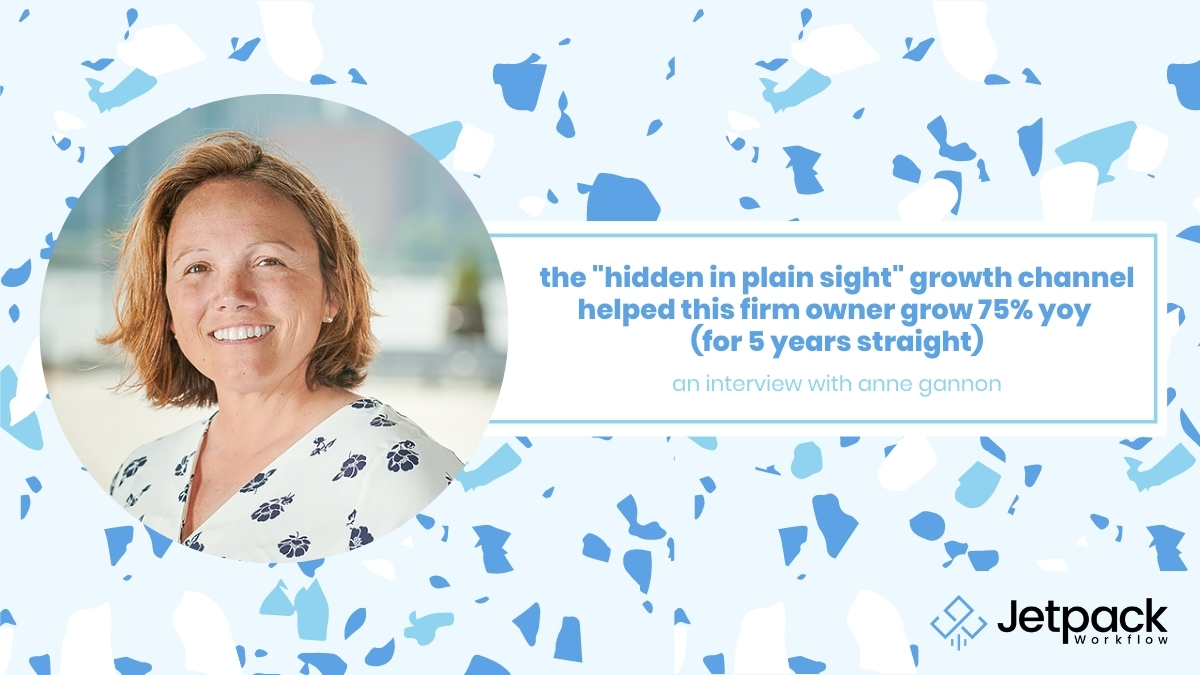Succession Planning for Accounting Firm Owners

COVID continues to impact society and the world. The pandemic has certainly created many tragedies and difficulties, and has changed the way we approach business. Yet it has also offered some new ideas, some imperatives, and some opportunities, especially in the area of CPA firm succession.
We are witnessing a heightened interest in firms committing sincerely to mergers and other practice combinations, and there is now a shifting business culture which aligns better with internal practice succession than we have seen in a long while.
These shifts in succession potential are largely a function of technology, quality of life, client needs (and demands), and resources. Let’s break it down by succession pathway.
M&A
Technology
Accounting firms of all sizes have had to pivot and expand their technology to accommodate virtual performance, efficiencies, data tracking, administration, and upgrades. Small firms find it hard to keep up with the pace and intensity of the change, and large firms are looking to spread the cost and invest even more so in technology. COVID has made technology a huge hot button to inspire M&A.
Quality of Life
Managing stress and expanding comfort have become intense priorities due to COVID. While work-life balance has been a growing reality for quite a while, being able to live a more complete life with less pressure is driving decision-making more and more.
Flexibility and respect for personal time and priorities are realities that firms must provide; often, it’s more complex for a small firm to provide and easier for the larger firm. Eliminating administrative headaches and technology responsibilities enhances quality of life for small firm owners and allows larger firms to further leverage.
Furthermore, larger firms tend to have more streamlined processes for client matters and more control over clients so the stress of non-compliance with deadlines is better managed. Larger firms also want to provide their team with more stimuli so that they are happier and not bogged down with the same-old. COVID has sensitized all parties to the value of quality of life, and that often is a byproduct of M&A.
Client Needs
Client concerns and service requirements have expanded and seem to feed on themselves. There are budgeting and feasibility challenges, new tax laws, more complex financial reporting, and financing options that need to be explored.
Small firms find it increasingly difficult to keep up, and large firms find the demands to be the pathway to more profitable assignments. Large firms want more complex matters; small firms are vulnerable to not being able to keep pace.
Clients expect more and more of their accountants, and often a merger or combination is the best way to keep clients well-served and bolster firm profits while keeping up with the fast pace of change.
Resources
Knowledge and expertise have been crucially important during the pandemic, and set the stage for increasing expectations. CPA firms have been struggling with staffing for quite a while, and the pandemic has made things more intense. Working hours shift. The ability to be available changes. The need to be well-versed intensifies.
Larger firms tend to have more access to people and resources than smaller firms. Larger firms want to drive scale — M&A does that — and smaller firms want more distribution and leverage. Mergers and combinations during COVID have been significantly motivated by optimizing resources.
COVID has also made it clear that firms can look beyond their own geographic area for a practice combination. Virtual working conditions have become more prevalent, and many large firms are now more comfortable and confident merging in a practice that would not have looked geographically convenient pre-pandemic.
Get everything you need to manage projects and meet deadlines.
Subscribe to our weekly newsletter, and get 32 free accounting workflow templates today!
sign me up!
Technology
Firms have reacted and responded to virtual work needs. They have invested in the technology that many staff members had hoped for — but had not been acted upon swiftly — pre-pandemic. Potential partners want to see progress, especially ahead of their promotion and then continued after.
Much of the technology progress in smaller firms has been fueled and administered by non-owners. Their vote of confidence goes a long way to motivate people into wanting to be a leader or partner. The nature of technological change will also impact interest in partnership if it creates convenience and more responsiveness for clients.
Quality of Life
Having more control over choices and priorities is what people are looking for more than ever because of COVID and the loss of control it manifested. Being an owner with true authority and voice creates more control and, therefore, enhances quality of life.
Autonomy is generally perceived to be more realistic in a smaller firm and more comfortable with internal succession when the parties know each other and are motivated to make things work. The flexibilities that have been necessary to cope with COVID set the footings for generating enhanced work-life balance and quality of life moving forward. This makes ownership much more appealing and less of a grind.
Finally, open-minded attitudes toward the degree of client load and potential part-time partner hours are likely to be more realistic in an internal succession model. COVID has set the stage for that.
Client Needs
Making a positive difference in the life of clients has been a strong motivator for many potential partners, but few were involved enough in making it happen. During COVID, responsiveness and care for clients has been elevated — and more staff has been directly involved with making a positive impact for clients.
Emphasizing improvement for clients sets the stage for gratification which then feeds interest in doing more and being a leader or owner. The ability and need to help sets the stage for motivating people to stay and be a partner.
Resources
Pivoting and being creative have been necessary for success during COVID. The resourcefulness of many firms has been very exciting to the staff, and very encouraging for the perpetuity of the firm. Internal succession is more attainable when there is excitement, teamwork, and creativity.
Prior to the pandemic, too many firms were too comfortable with their ways – so potential partners were easily turned off or disinterested. Small and mid-sized firms especially may prefer to get creative and be resourceful within their own team instead of being forced into doing a deal. Communicating and collaborating more with others, and even refining the firm business model, will help unlock the internal resources needed for succession.
Access to resources is relevant to the progress of any business. Taking a new approach and empowering folks to run with it have been common in COVID times, and set the stage for proving to potential partners that resourcefulness will be their call and will deliver the resources.
COVID’s positive impact on succession traffic and activity is real. However, the process is complex and time-consuming. The right path to succession requires planning, discipline, and expertise. And, while the timing may seem right to explore internal or external succession at your accounting firm, make sure you get the basics right first.
***
About the Author
Ira S. Rosenbloom, CPA (LR), is chief operating executive of Optimum Strategies, LLC, a CPA advisory firm specializing in practice performance, mergers and acquisitions (M&A), and ownership and succession strategies focused on business continuity and success. A dynamic speaker and noted author, Ira regularly contributes to national, state and local professional accounting organizations and media. Find out more at OptimumStrategies.com – and check out a recent Growing Your Firm podcast Ira did with Jetpack Workflow.





